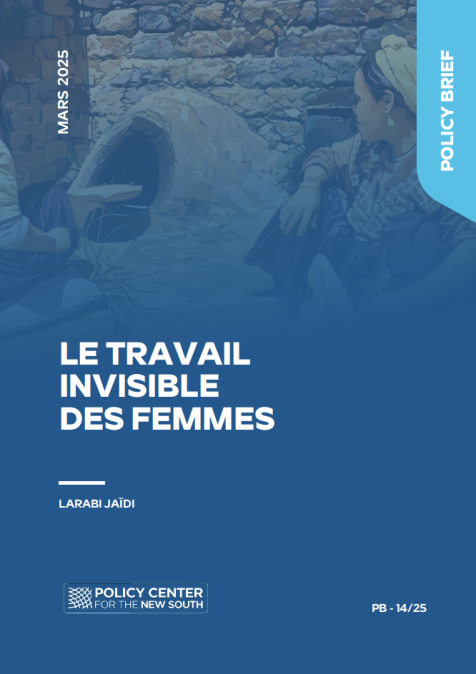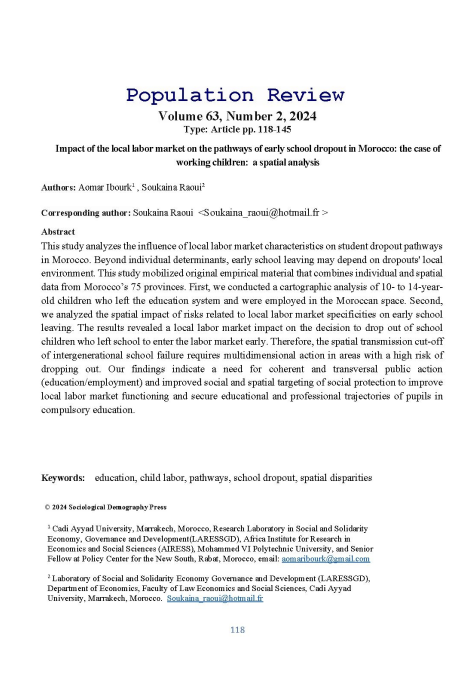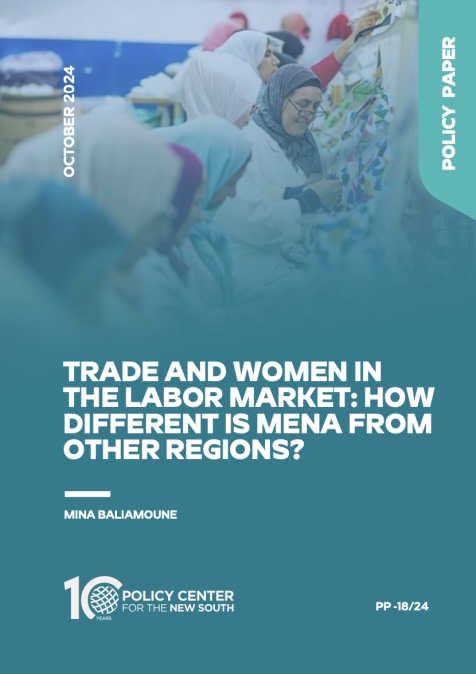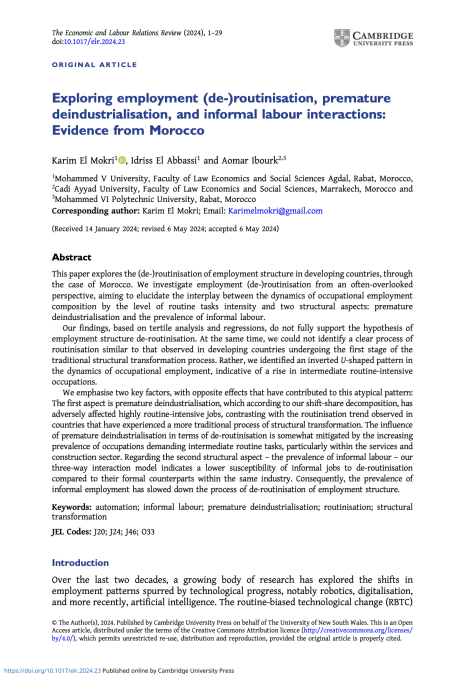Publications /
Paper in Academic Journals
This paper was originaly published on journals.aserspublishing.eu
This article aims to explore the impact of migrants’ remittances on life expectancy and mortality rate of adult women left behind in north African countries. The study contributes to the literature by highlighting how remittances can support the achievement of sustainable development goals. At the same time, it investigates the extent to which remittances may challenge social policies in these countries. The empirical findings suggest that remittances significantly increase life expectancy of women in north Africa countries. Furthermore, migrants’ remittances are negatively and significatively associated with the mortality rate for adult women. Assessing the impact of remittances by country, highlights the existence of significant differences between the countries in the sub-region. The results suggest that, although remittances have positive aspects on the conditions of women, in the absence of specific public policies, the situation of elderly women in these countries is likely to deteriorate due to the risks social isolation and economic precarity.











